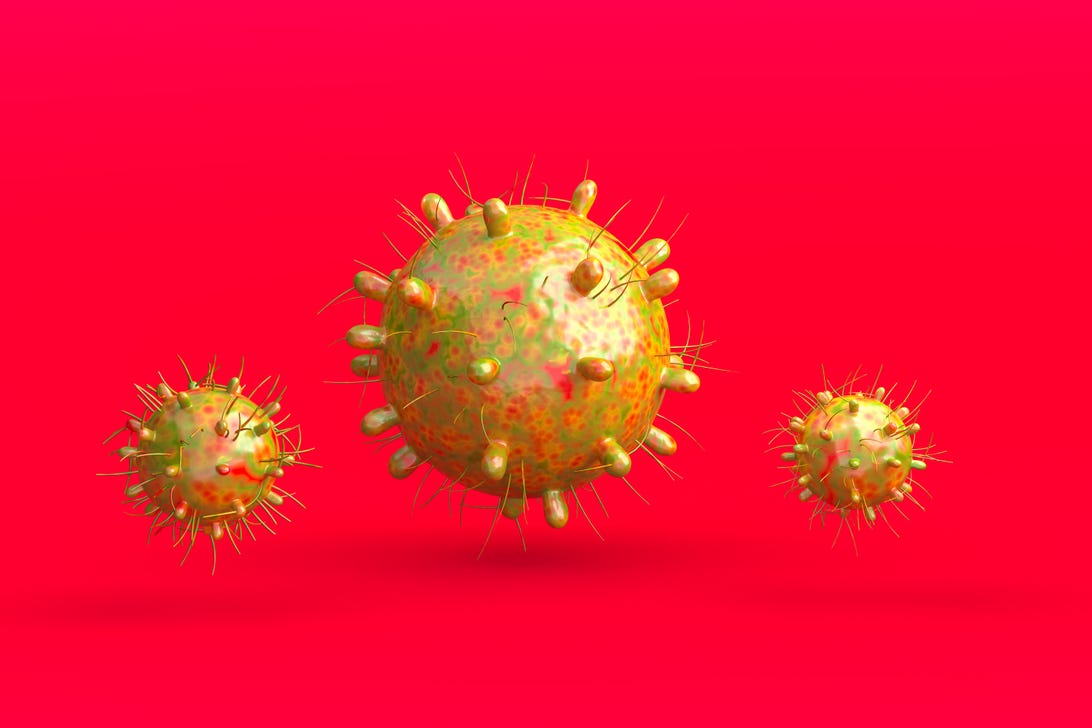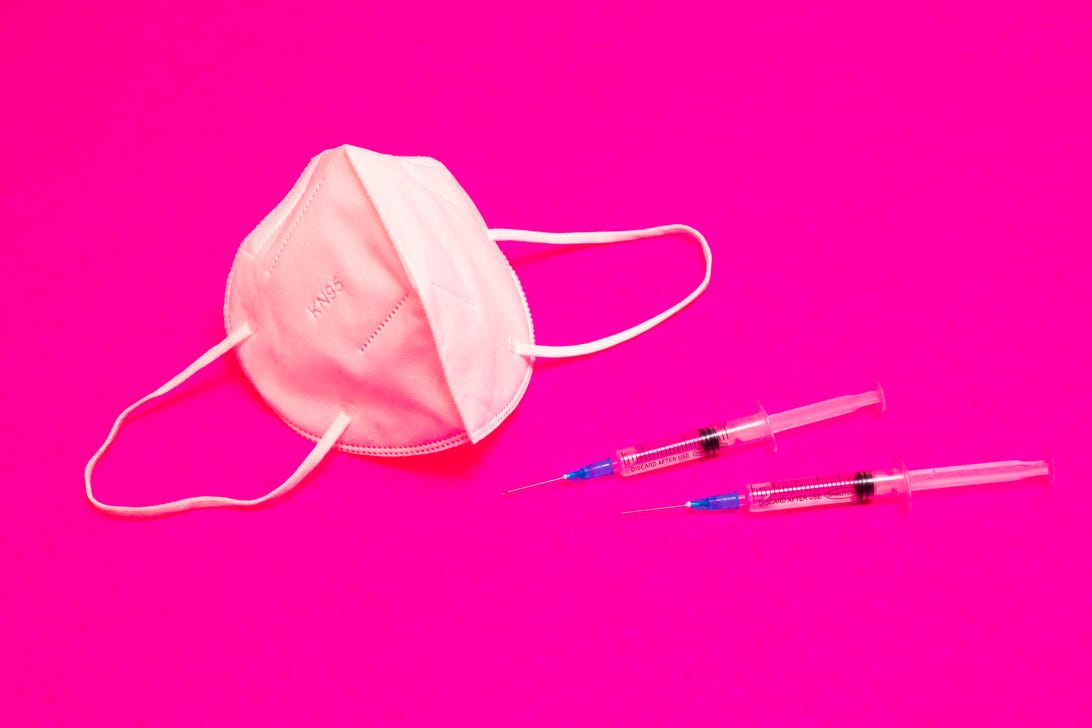
By now, we know all too well that viruses mutate. The newest variant to cause a global wave of COVID-19 cases and deaths is omicron, which has eroded some of the immune protection from vaccines and other treatments. Its mutations make it the most contagious variant of concern to date, and it's contributed to large numbers of hospitalizations and deaths.
Now, scientists are monitoring a subvariant of omicron, called BA.2 or "stealth omicron," as it becomes the dominant version of the variant in some countries, including Denmark. The US Centers for Disease Control and Prevention predicts that the BA.2 sublineage was responsible for 3.9% of COVID-19 cases in the US the week ending Feb. 12 (other estimates say BA.2 is responsible for fewer cases, or for more, according to a report by the American Medical Association). While health officials with the World Health Organization are collecting more data on all subvariants of omicron, (yes, there are more than one), there isn't evidence right now to say we should be treating the new subvariant differently from any other that causes COVID-19.
"BA.2 is certainly on the rise, but this is also omicron," Dr. Maria Van Kerkove, WHO's COVID-19 technical lead, said Wednesday. "We don't see any difference in terms of severity between BA.2 compared to BA.1."
Van Kerkove noted that BA.2 is more contagious than other subvariants of omicron, which is consistent with other preliminary research. Because of its increased contagiousness, scientists do worry that the rise of BA.2 could prolong our current COVID-19 wave, which will bring with it more hospitalizations and deaths.
Why is it called "stealth omicron"?
Scientists in South Africa were able to quickly identify omicron as a new variant this winter because of the way it presents through PCR tests. The original omicron causes a dropped signal or marker on the test that sets it apart from delta, which was the dominant variant prior to omicron. Omicron BA.2, however, doesn't have the same signal, called an S gene target failure. This makes it more stealthy, though genomic sequencing (which happens to about 10% of COVID-19 PCR tests in the US) will detect all omicron subvariants, and coronavirus variants in general.

Is BA.2 more severe? Can you get omicron twice?
One early Danish study, which hasn't been peer-reviewed, found no difference in hospitalization rates between the original omicron variant and BA.2. Another preliminary study from researchers in Japan, however, found that BA.2 may be different enough from the original omicron variant to be considered a whole new variant, and could also be more severe.
But all reports now are preliminary, and scientists need more information and time to watch how the current COVID-19 cases spike falls (or dosen't). More research is also needed to determine how well our COVID-19 treatments hold up, including Paxlovid. A preliminary study found that one of two monoclonal antibody treatments authorized for use against omicron doesn't hold up. But Eli Lilly, which recently had an antibody therapy authorized by the US Food and Drug Administration for use against omicron, said the new treatment works against BA.2.
"BA.2 has a whole mess of new mutations that no one has tested," Dr. Jeremy Luban, a virologist at the University of Massachusetts Chan Medical School in Worcester, said in a Nature article. Like previous variants and subvariants, scientists need to observe the virus in the real world to determine how important those mutations are. Right now, WHO is still monitoring BA.2 as a subvariant of the original omicron variant.
Like the original omicron, BA.2 makes our vaccines less protective against infection than earlier variants, but there isn't data now to show we're worse off with BA.2. And it's also too soon now to give definitive answers about how likely someone is to be reinfected with COVID-19 caused by the omicron variant.
"If there was no protection, that would be a surprise and, I think, unlikely," Troels Lillebaek, a molecular epidemiologist at the State Serum Institute in Copenhagen and chair of Denmark's SARS-CoV-2 Variants Risk Assessment Committee, told Nature. "We will know for sure within a few weeks."
The information contained in this article is for educational and informational purposes only and is not intended as health or medical advice. Always consult a physician or other qualified health provider regarding any questions you may have about a medical condition or health objectives.
"about" - Google News
February 19, 2022 at 11:00PM
https://ift.tt/ic043CY
What We Do and Don't Know About Omicron Subvariant BA.2 - CNET
"about" - Google News
https://ift.tt/nqSj4zf
Bagikan Berita Ini















0 Response to "What We Do and Don't Know About Omicron Subvariant BA.2 - CNET"
Post a Comment